electric butterfly valve code naming method
Electric butterfly valve model preparation method, electric butterfly valve code naming method, only suitable in China.
With the increase in demand for valves in my country’s industrial manufacturing industry, electric butterfly valves have become a more prominent one among many valves. However, due to the wide variety of electric butterfly valves, and the difference in control modes and medium pressure and temperature, users often choose electric Uncertainty about butterfly valve models! In order to avoid such a situation, our company specially provides the electric butterfly valve model preparation instructions for your reference and understanding!

lug type butterfly valve, ductile iron, center lined,
The electric butterfly valve model preparation instructions include the addition of additional conditions for the butterfly valve, the difference in connection methods, the upgrade of the transmission mode, the change of the structure, the level of valve pressure, and the requirements for temperature, pressure, corrosion and material. Hope It is helpful to everyone in the selection!
Model representation method of electric butterfly valve:
Additional codes for electric butterfly valves: BD thermal insulation butterfly valve, SD telescopic butterfly valve, TLD desulfurization butterfly valve, DH check butterfly valve, DKS fast butterfly valve, FDBD square louver butterfly valve;
The code of the butterfly valve: D represents the butterfly valve;
Transmission form code: manual (omitted), 3 means turbine drive, 6 means pneumatic drive, 7 means hydraulic, 9 means electric;
Connection code: 4 flange type, 6 welding, 7 pair clip type;
Code of structural form: 1 means centerline type, 2 means double eccentricity, 3 means triple eccentricity, 4 means variable eccentricity, 5 means single eccentricity;
Sealing material code: H stainless steel, X rubber, F polytetrafluoroethylene, FX composite rubber, M Monel alloy, Y cemented carbide, W valve body directly processed;
Pressure grade code: 10=PN1.0Mpa, 16=PN1.6, 25=PN2.5, 40=PN4.0, PN is the code of domestic pressure, MPA is the unit of pressure, one kilogram is equal to 0.1Mpa; Class150LB=1.6 mpa, 300LB=2.5-4.0mpa, Class is the American standard code, LB is the American standard pound unit.
Shell material code: C cast steel, P stainless steel 304, R stainless steel 316, AL special alloy steel, Z cast iron, Q ductile iron, N nylon. To
The above are common codes related to butterfly valves. For products that need to be customized due to special working conditions, they can be selected according to the design plan.
Electric butterfly valve model preparation instructions: D943H-16C Stainless steel electric flange hard-sealed butterfly valve
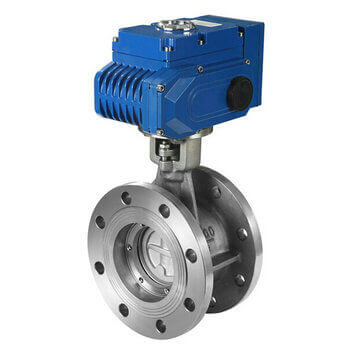
D943H-16C-metal seated stainless steel electric triple offset butterfly valve
D: Represents butterfly valve;
9: Indicates that the transmission mode is electric;
4: The connection method is flange connection;
3: The structure is triple eccentric;
H: The sealing material is stainless steel;
16: Indicates that the nominal pressure is 1.6MPa;
P: Indicates that the valve body is made of stainless steel.
Related valve model: Pneumatic butterfly valve model Electric ball valve model Pneumatic ball valve model
TH Valve is a professional manufacturer of butterfly valve, gate valve, check valve, globe valve, knife gate valve, ball valve with API, JIS, DIN standard, used in Oil, Gas, Marine industry, Water supply and drainage, fire fighting, shipbuilding, water treatment and other systems, with Nominal Diameter of DN50 to DN1200, NBR/EPDM/VITON, Certificates & Approvals: DNV-GL, Lloyds, DNV, BV, API, ABS, CCS. Standards: EN 593, API609, API6D
Related news/knowledge:
Pneumatic butterfly valve model name coding method;
Pneumatic globe valve model preparation method;
Pneumatic ball valve model preparation method;
Representation method of butterfly valve model



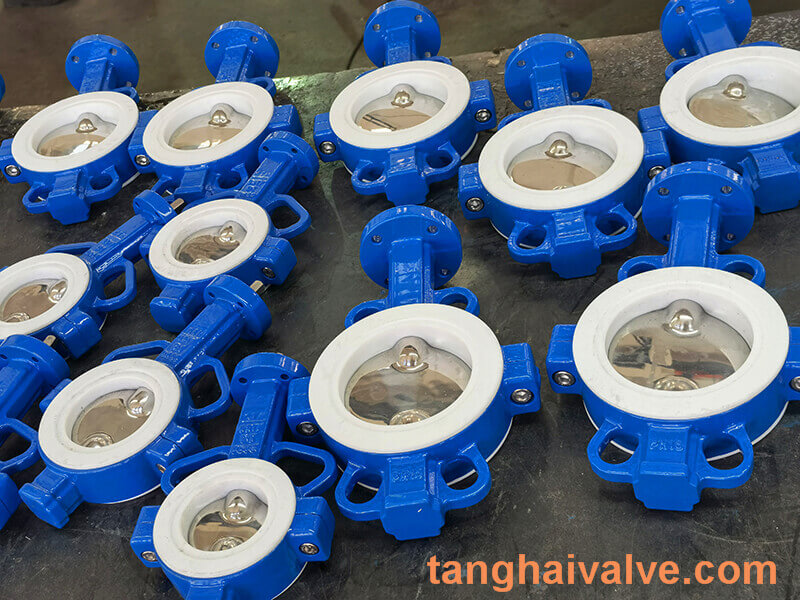
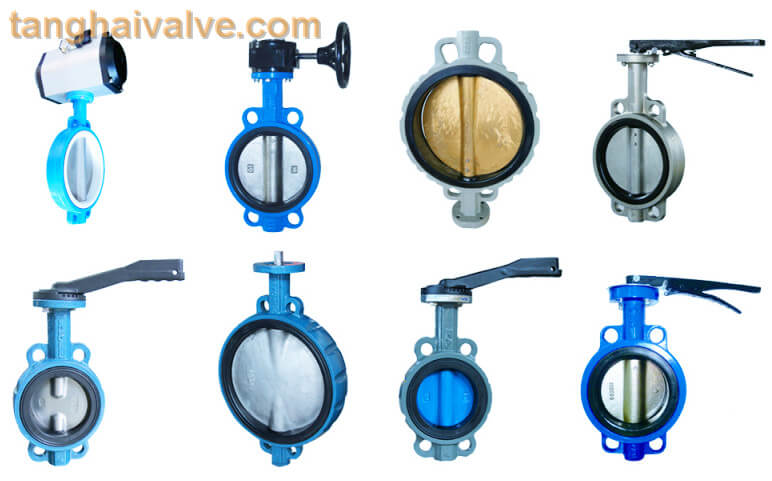
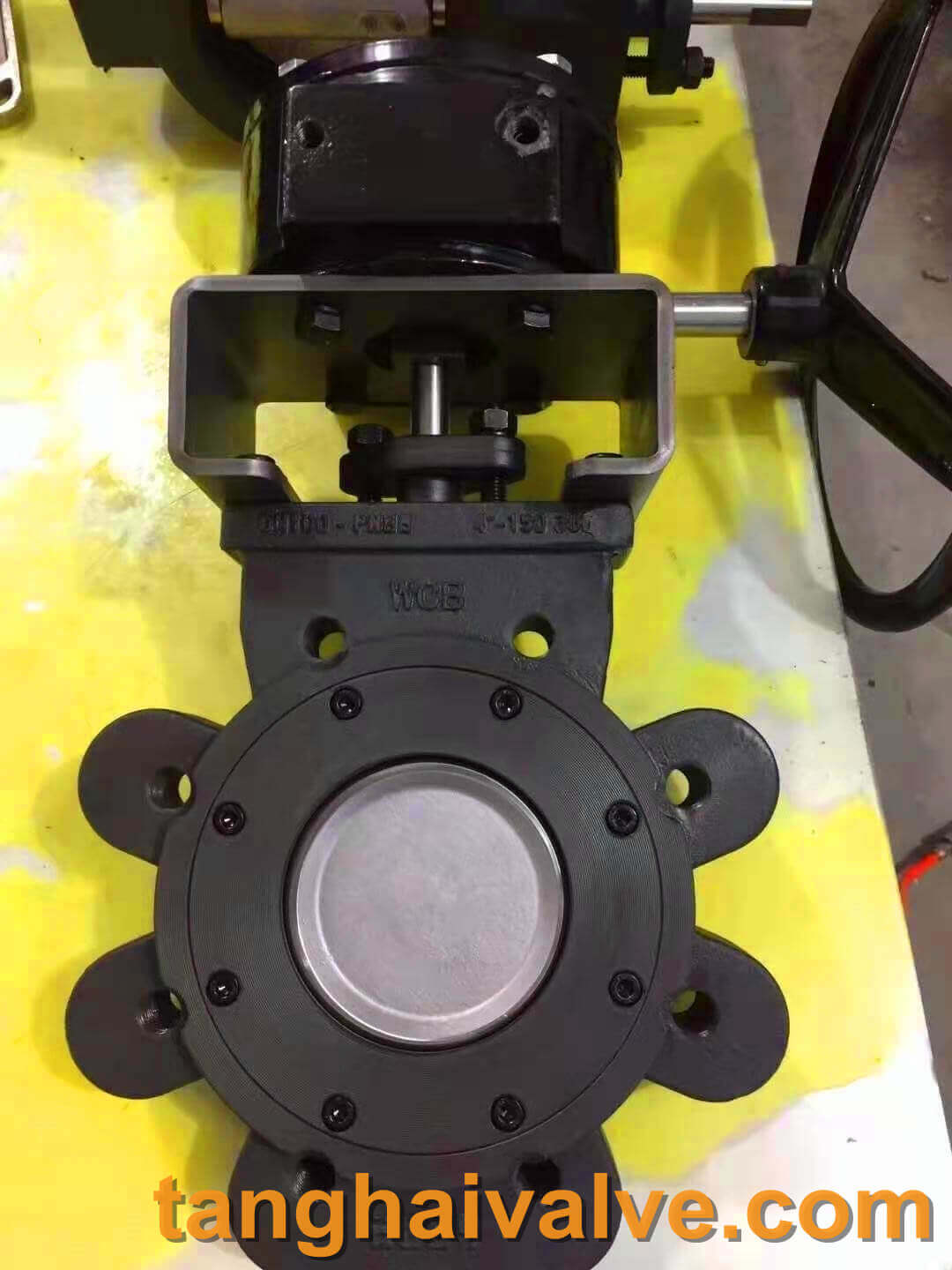
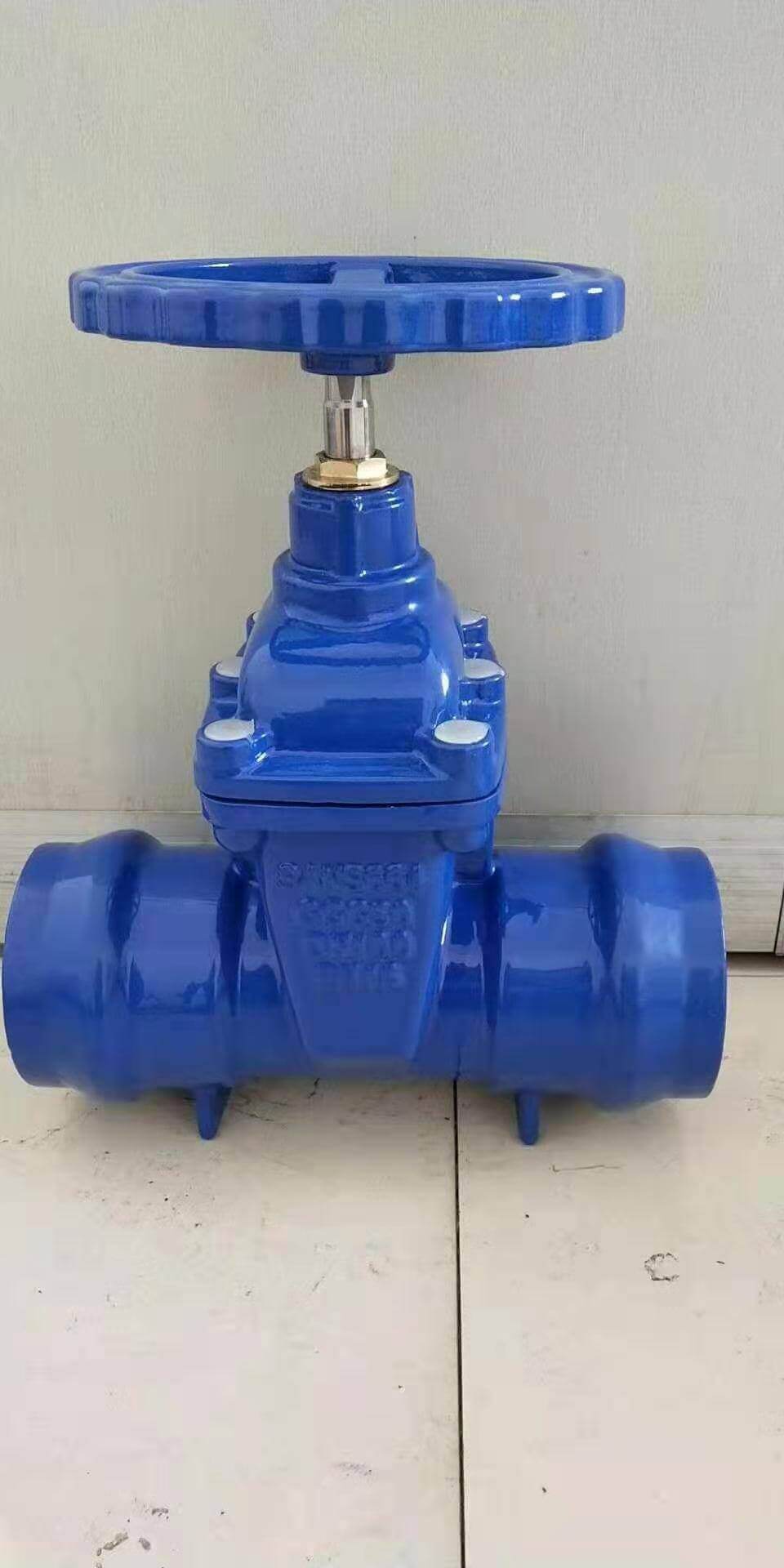
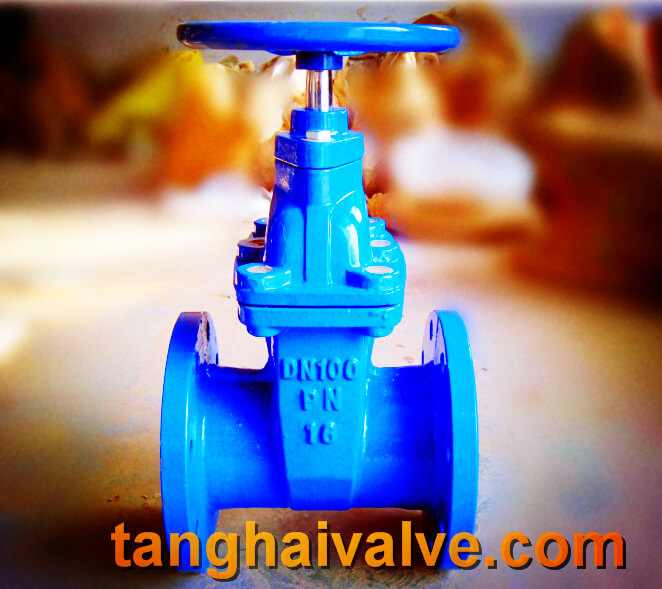
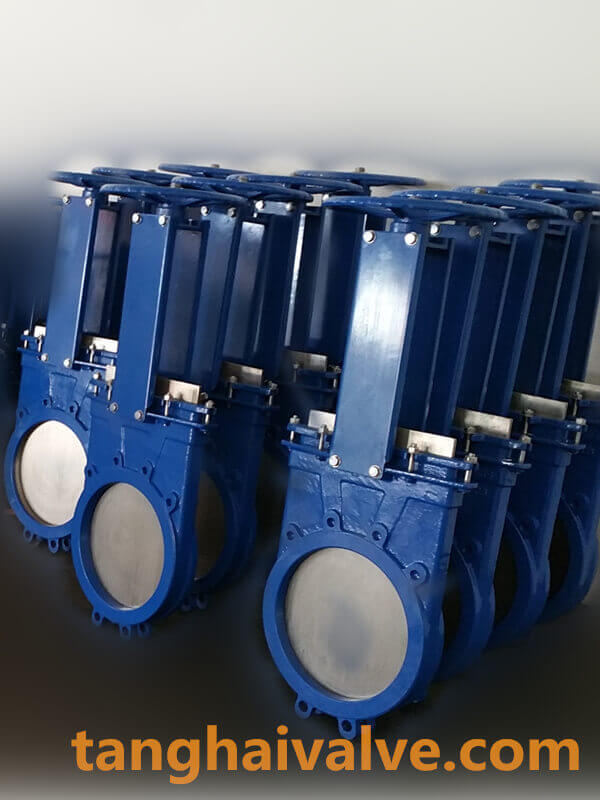
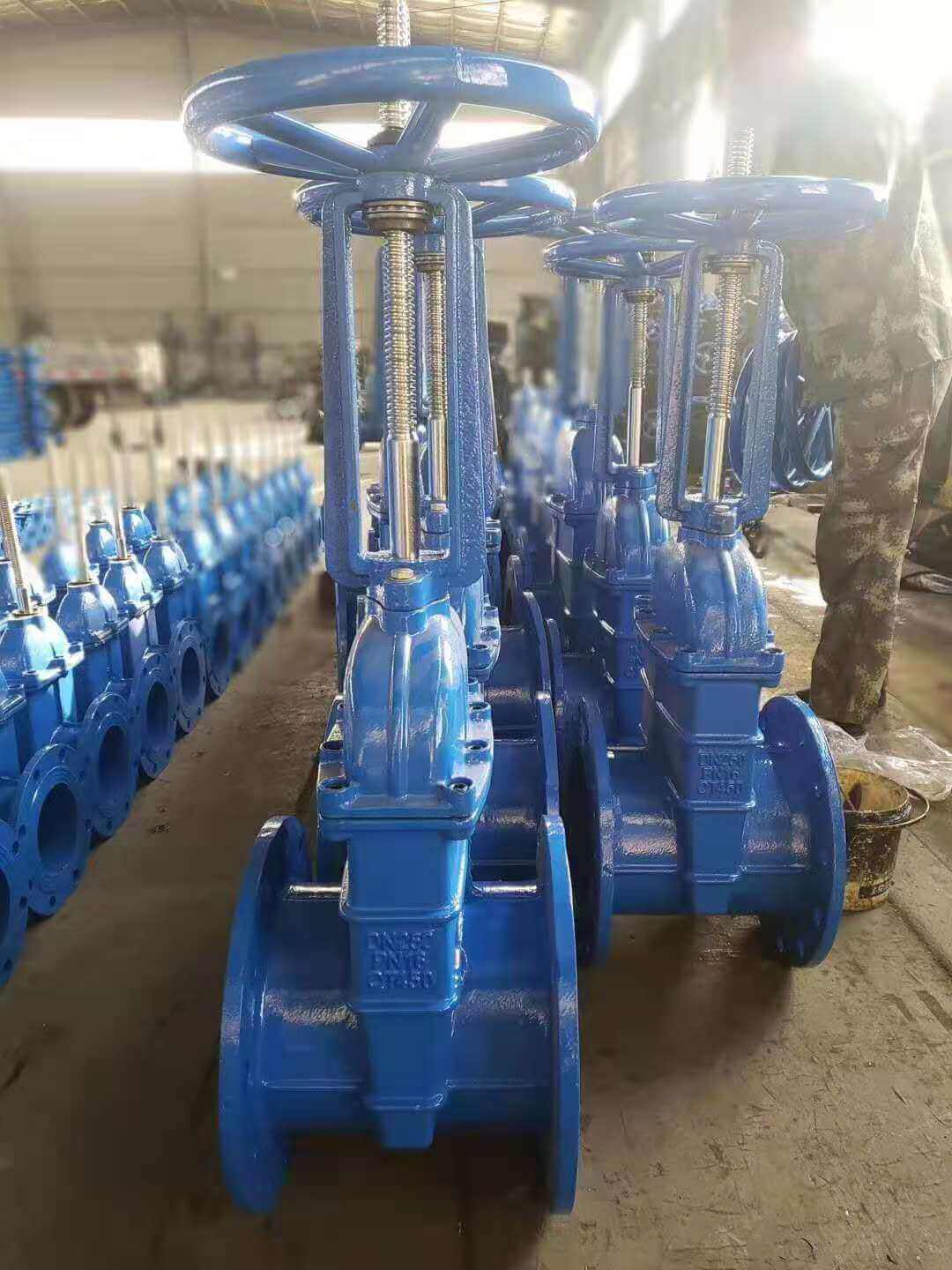
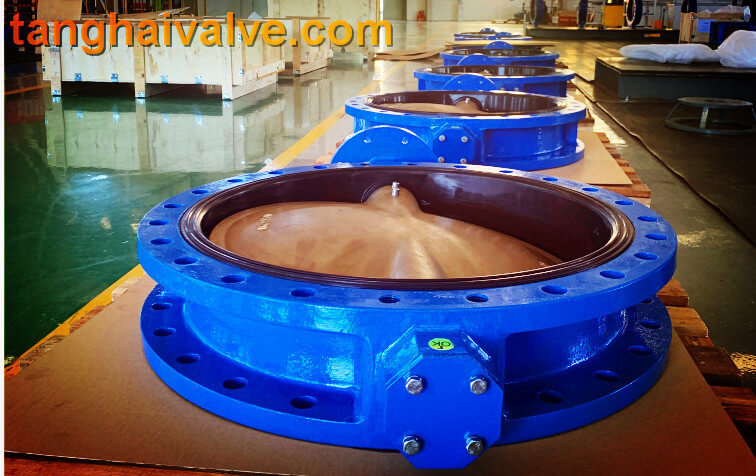
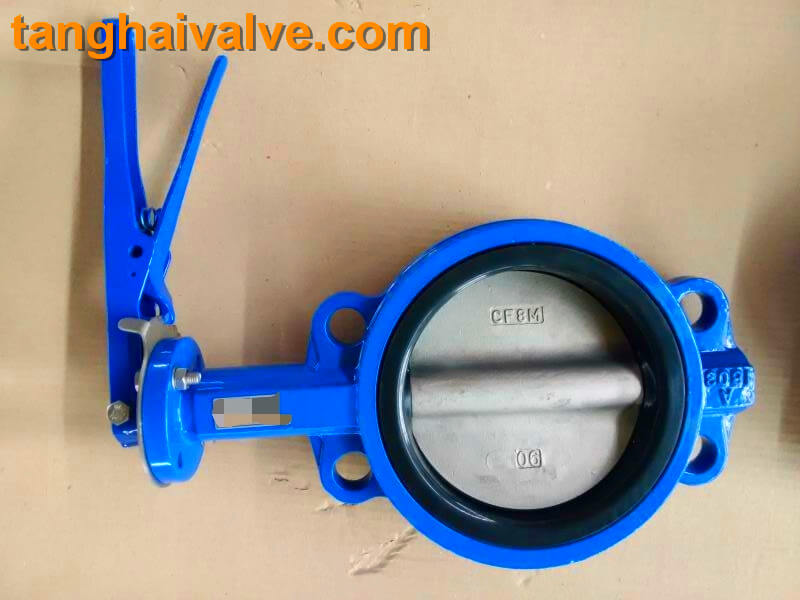
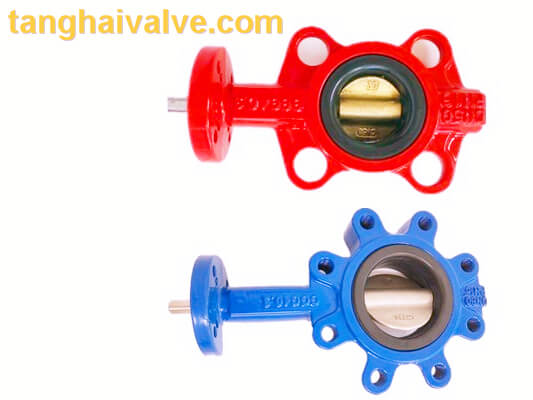


 © Copyright 2020 Tianjin Tanghaidongyang Valve Co., Ltd. All Rights Reserved.
© Copyright 2020 Tianjin Tanghaidongyang Valve Co., Ltd. All Rights Reserved.